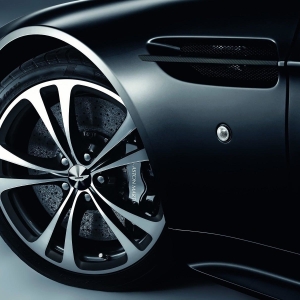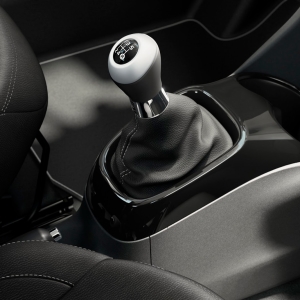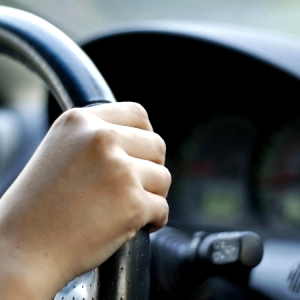The passage of turns is an integral part ride by car, which can be used to a certain extent to judge the driver's skill. Unlike other driving elements, such as starting from the place, switching gear and braking, the experience in which is acquired by experience, the passage of turns requires attention and concentration of both experienced drivers and newbies. Just a few simple rules will help you learn to quickly make a right decision and get rid of unpleasant surprises.
It is necessary to have at least basic knowledge of your car and its capabilities on the road. Machines with different type of drive and with different sets of auxiliary systems (power steering, EBC, TC, ABS, etc.) will behave differently in turn. In addition, it should be understood that the behavior of the car also depends on the quality and state of the brakes, tires, road surface, as well as its masses and speed. When turning at the intersections, they occupy a series corresponding to the direction of rotation (if road signs do not prescribe the other). If you need to restructure, turn on the turning on, with the help of the mirrors, make sure that you do not interfere with anyone, and no one will hurt you; Only after that you can make a maneuver.- inputs in a rotation with squeezed clutch or on neutral transmission;
- step / intermittent braking;
- sharp operation by an accelerator (for rear-wheel drive cars it is fraught with a breakdown, the front-wheel drive machines tend to demolish the front axle with the trajectory);
- sharp turns of the steering wheel.
In general, the safety of turning depends on the correct and timely assessment of the road situation, the ability to predict the behavior of the car, based on its characteristics, and, of course, practices, including counters of contraloan driving.




































